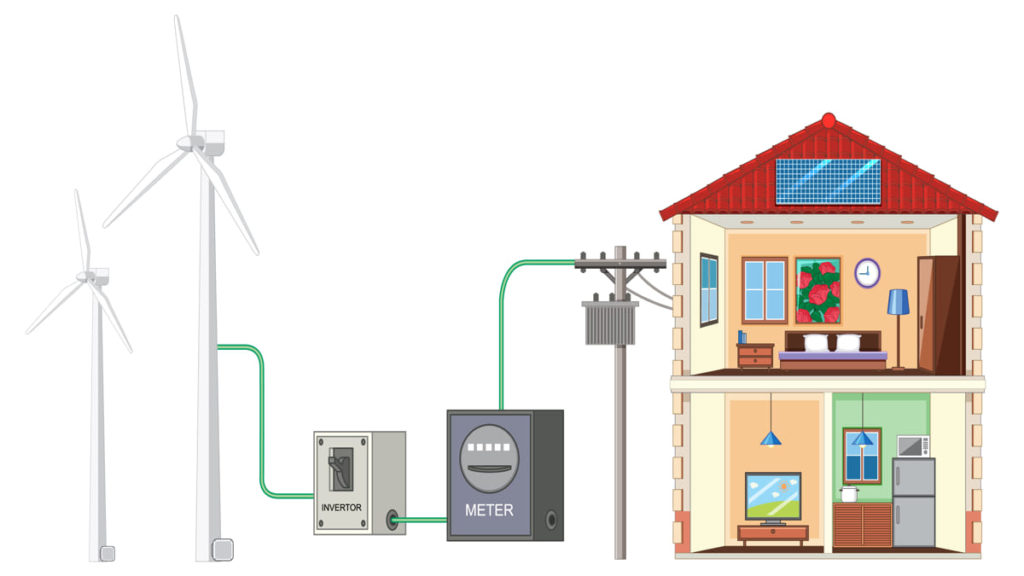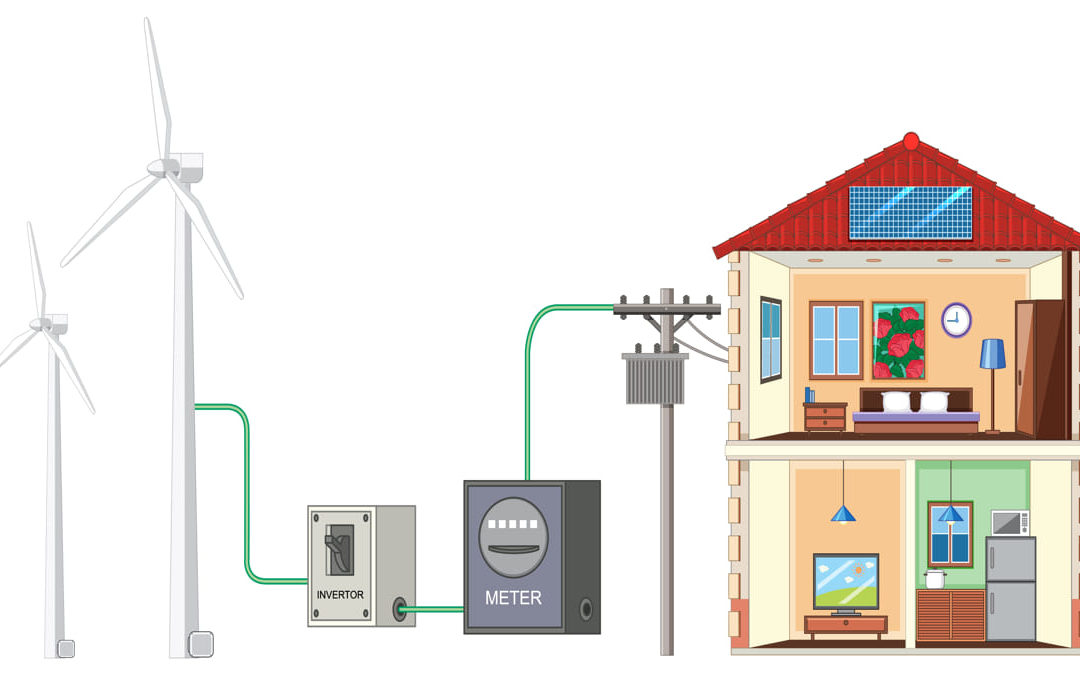In today’s technologically advanced world, Power Inverters play a crucial role in our daily lives, especially in ensuring a continuous power supply for various electronic devices. This blog aims to demystify the concept of inverters, exploring what they are and unraveling the magic behind their functionality. To understand inverters better, let’s take a closer look at the two fundamental types of electrical currents: direct current (DC) and alternating current (AC).
Understanding the DC-AC Dichotomy
What is Direct Current (DC)?
Direct current (DC) is a type of electrical current that flows in one direction. It is characterized by a constant voltage and is commonly produced by batteries, fuel cells, and solar cells. DC power is commonly used in low-voltage applications and is essential for the operation of many electronic devices.
What is Alternating Current (AC)?
Alternating current (AC), on the other hand, constantly changes direction, oscillating back and forth in a sinusoidal waveform. AC is the form of electricity most commonly used in homes and businesses because it can be easily transformed to different voltage levels for efficient transmission. AC power is what comes out of the electrical outlets in our homes, providing the energy needed to run various appliances and devices.

Types of Inverters
Pure Sine Wave Inverters:
Pure sine wave inverters mimic the smooth, undulating waveform of utility-supplied AC electricity. They produce a clean and stable power output, making them ideal for sensitive electronics such as computers, televisions, and medical equipment.
Modified Sine Wave Inverters:
Modified sine wave inverters generate a stepped waveform that approximates the shape of a sine wave. While they are more affordable, they may not be as suitable for certain sensitive equipment due to the waveform’s characteristics.
Grid-Tie and Off-Grid Inverters:
Grid-tie inverters are designed for solar power systems, converting DC electricity from solar panels into AC electricity for the grid. Off-grid inverters, on the other hand, are commonly used in standalone solar power systems or in conjunction with batteries for off-grid living.
How Do Inverters Work?
Conversion Process:
- DC Input:
- Inverters receive direct current (DC) power from a source like a battery or solar panels.
- Inversion:
- The inverter’s internal circuitry inverts the DC power into alternating current (AC), replicating the waveform of conventional utility electricity.
- Output:
- The now converted AC power is ready to be used to run household appliances, and electronic devices, or be fed back into the grid.
Control and Efficiency:
Inverters use advanced control mechanisms to maintain the quality of the output waveform. The efficiency of an inverter is often measured by how closely it replicates a pure sine wave, ensuring compatibility with a wide range of devices.
Conclusion:
Understanding the distinction between direct current (DC) and alternating current (AC) is essential to grasp the role of Power Inverters in our power systems. These electronic marvels allow us to bridge the gap between different types of electrical currents, empowering us to harness energy from various sources and keep our devices running seamlessly.
